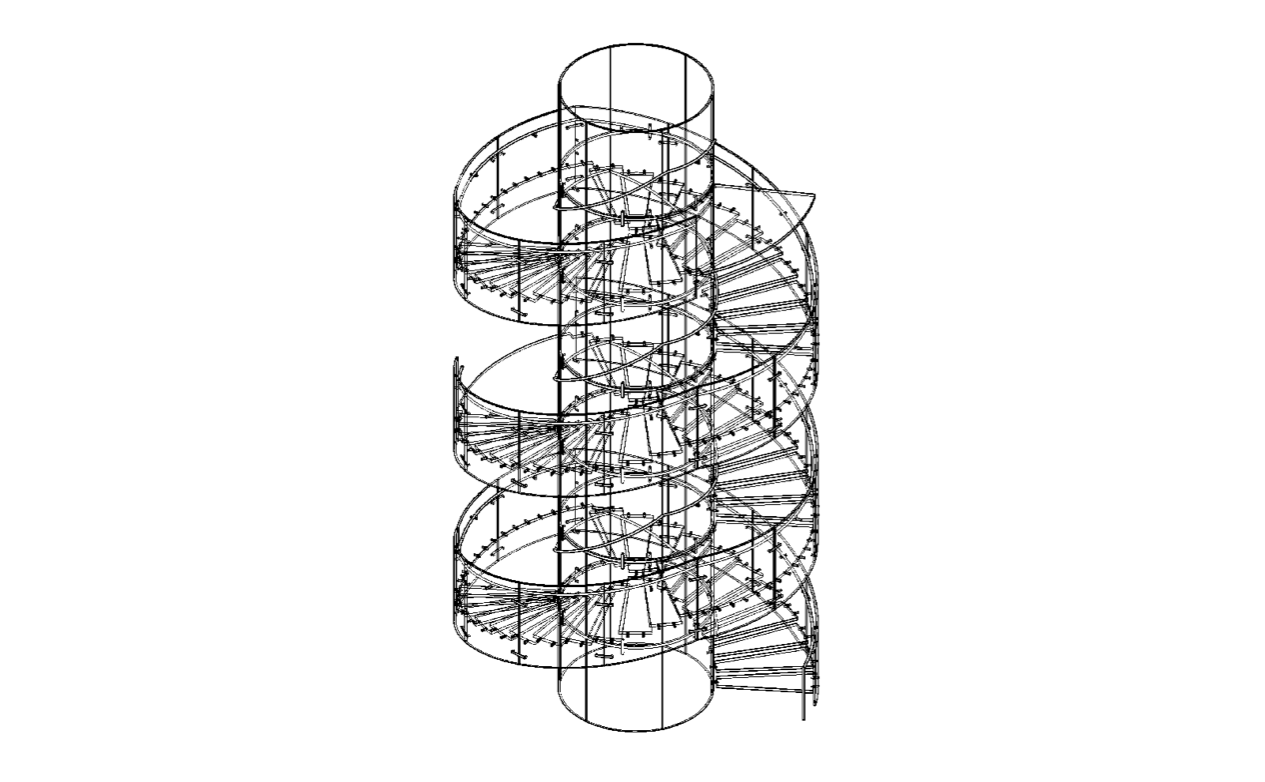
IP – an architect’s foundation stone
IP – an architect’s foundation stone
Share
Recent attempts to save Tao (Theodore) Gofers’ controversial brutalist-style housing complex, the Sirius Building, by seeking Heritage listing, has again brought to the fore the role that architects and their style have within a community’s psyche.
A harbour eyesore or iconic structure, it represents a distinct period in Sydney’s history and a specific architectural style. With the increasing pressure for aesthetic use of public spaces and modern techniques enabling more imaginative construction, a question for many emerging architects seeking to develop an individual style regards the available options to ensure their creative endeavours remain unique to them and thus may one day help qualify them for Heritage listing.
Where architects have traditionally relied on copyright laws to protect what they can of their stylistic form, the patent system could provide an effective tool to protect their creative techniques.
It’s well-known that building construction/engineering techniques form patentable subject matter. Examples include patents for new concrete compositions, for the Waffle Pod slab construction technique, for new formwork systems… to name a few.
Often overlooked is the fact that many of the ‘creative’ ideas of architects are also patentable. And with a patent, the architect as the ‘inventor’ can obtain an ‘exclusivity’ for a 20-year term, during which time either copying may be prevented, or the ‘invention’ may be licensed for use in return for a royalty. So what sort of ‘architectural’ ideas are patentable?
It won’t be surprising given the company’s core business is both to push boundaries of innovation on both a technical level and on an aesthetic level, but Apple is now also obtaining patents to protect architectural features of the distinctive elements that collectively comprise the ‘Apple feeling’ in an ‘Apple store’ – glass-fronted buildings, glass-fronted entranceways and glass stairwells.
Apple has secured a patent for its cylindrical glass building, which is the showcase feature of its Shanghai store. The patent relates to a number of curved laminated glass panels that fit together in a particular way in a structurally secure configuration (below).

The patent, in effect, prevents others from copying this unique architectural invention for the 20-year term of the patent, effectively preventing others from imitating this ‘Apple look’ entranceway in their stores. In addition, Apple has a Registered Design to protect the appearance of its glass stairway, which leads its customers into the store (below).

And what better way to showcase Apple’s famous brand and trademark-protected ‘apple logo’ than in this pure glass architectural creation!
Architects are by nature creative people and invest a lot of thought into developing unique architectural features, and then implementing them from the drawing board to the commercial world. Copyright, which automatically exists at the creation of architectural plans, provides a degree of protection, against someone copying the actual drawings. However, copyright does not stop another ‘copycat’ seeing the final form and then using this as inspiration for their own project.
Inferior workmanship and poor imitation in stylistic rendering can quickly move an homage piece to a reputational travesty for the original design creative.
It’s far better to overlay copyright wherever possible with protection for these architectural ‘inventions’ and ‘designs’ to thwart copycats, and/or have the ability to license these intellectual property rights and return an appropriate royalty to the ‘inventor’.
If you, as an architect, create a unique ‘architectural style’, it may be worth speaking to a patent attorney now to see whether it or any of its elements may be patentable or entitled to design registration, rather than wait decades for a public rally to recognise your unique mode and form.
Written by Anthony Cowle and Marion Heathcote.
Anthony Cowle is a registered patent attorney and Marion Heathcote a registered trademarks attorney with award-winning patent and trademark attorney firm, Davies Collison Cave Pty Limited. www.davies.com.au.
This article originally appeared in AR148. Get your subscription to AR magazine online or by calling 1800 804 160.
You Might also Like




















